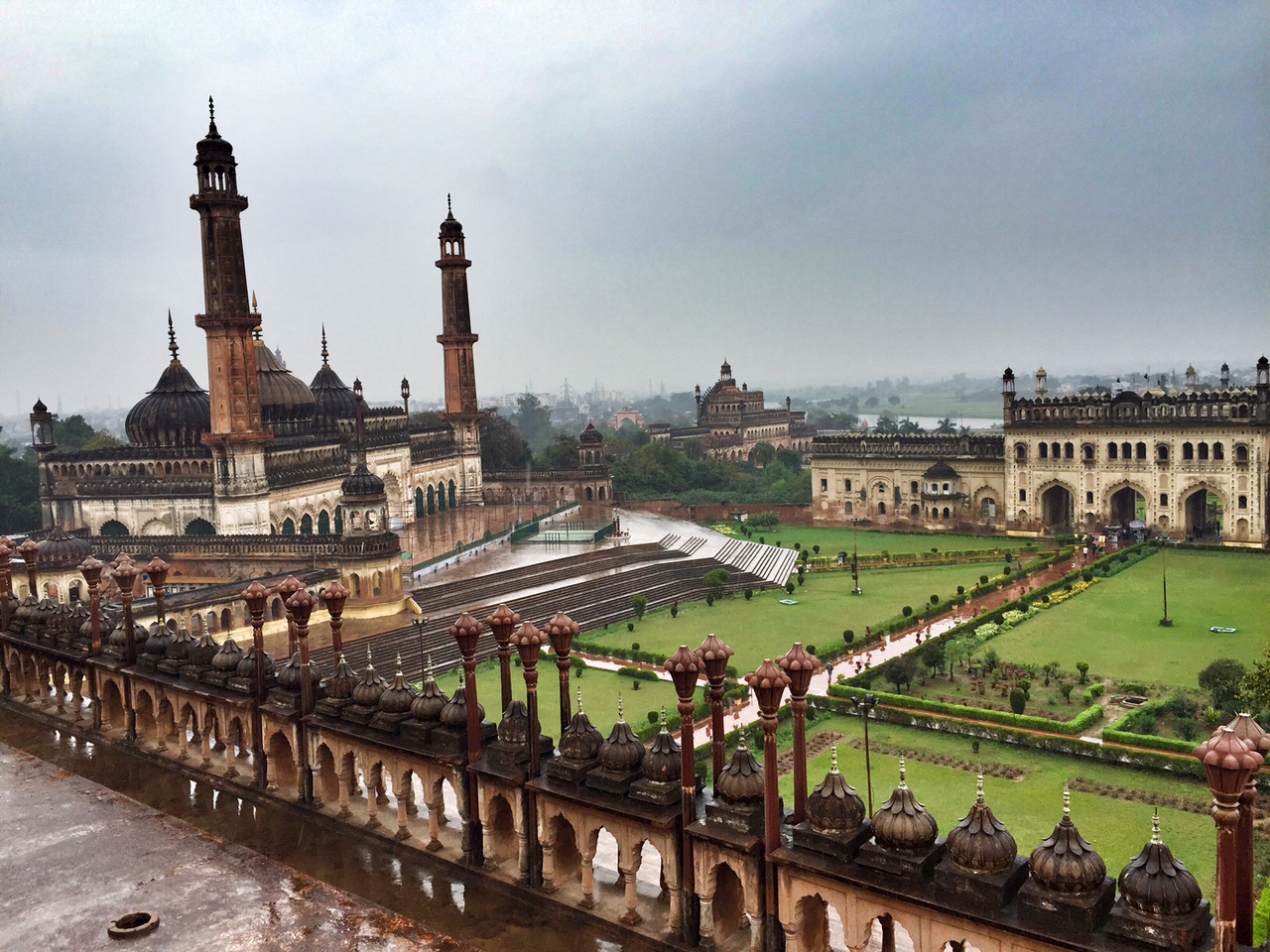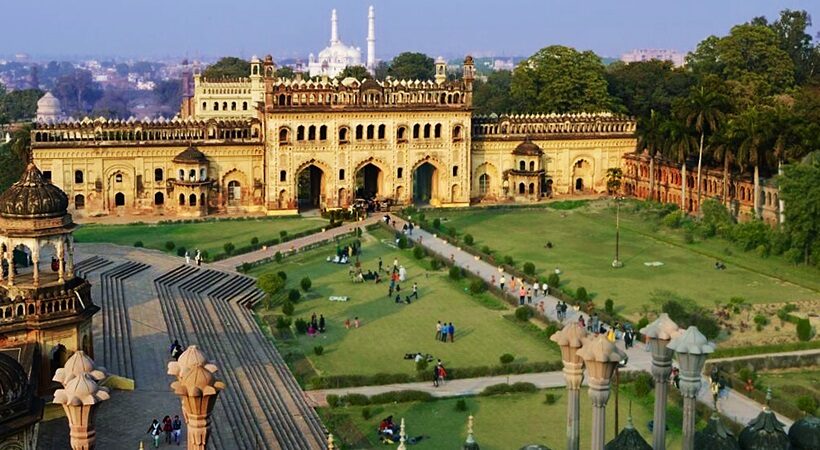After the decline of Delhi as the cultural centre of north India, several regional centers emerged to take up the mantle of furthering the rich cultural traditions of India in the 18th century. Lucknow emerged as one such destination with an army of cooks, artisans and poets under the discerning gaze of the Nawabs of Awadh. However, it was Nawab Asaf-ud-daula and his flamboyant personality that became the stuff of legend in the consciousness of Lucknow.
Stories regarding his life pass through the bazaars of Lucknow every day because the majority of the public spaces are marked by his legacy and decline. Bada Imambara happens to be one of his legacies and the congregation hall or imambara complex includes the large Asfi mosque, the Bhul-bhulaiya (the labyrinth), and Bowli, a stepwell with running water. Two imposing gateways lead to the main hall. It is said that there are 1024 ways to reach the terrace but only two to come back to the first gate or the last gate.

One such legend surrounds the construction of the magnificent Bada Imambara. The story goes that Awadh was hit by a severe famine in 1783. There was general starvation in the Awadh area. To support his ailing populace, Asafuddaula started the construction of the Bada Imambara. The famine lasted for a decade. To generate employment, the construction also continued for the period the famine lasted.
It is said that the commoners would erect the walls during the day. On the fourth night, the nobility would dismantle whatever was constructed. For their efforts the nobility also received payments. This ensured that work lasted and people did not starve. About 20,000 people found employment in this noble project. Now we know why Nawab’s generosity has become a part of the local folklore.
It is also said that one morning, the Nawab went to inspect the construction of the Bada Imambara. He was greeted by an exquisite aroma around the site. After asking around, he found out that to feed the numerous workers, rice and meat were being sealed inside a large pot and cooked slowly overnight on the embers of a wood fire. This style of cooking had several benefits. Since the meat was being slowly cooked, it allowed the release of fat or Rogan in the large quantities of rice.
As a perk, this method gave a transcendent aroma to the rice and saved up on expensive ingredients such as ghee. This was the art of Dum Pukht or steam cooking. Impressed by the food of the hardworking artisans and construction workers, the Nawab ordered his cooks to recreate the dish in his royal kitchen. And that is how Biriyani was born. Memories are beautifully mingled with the architecture and numerous legends allow a peek into the exquisite grandeur of Lucknow and its people.



















